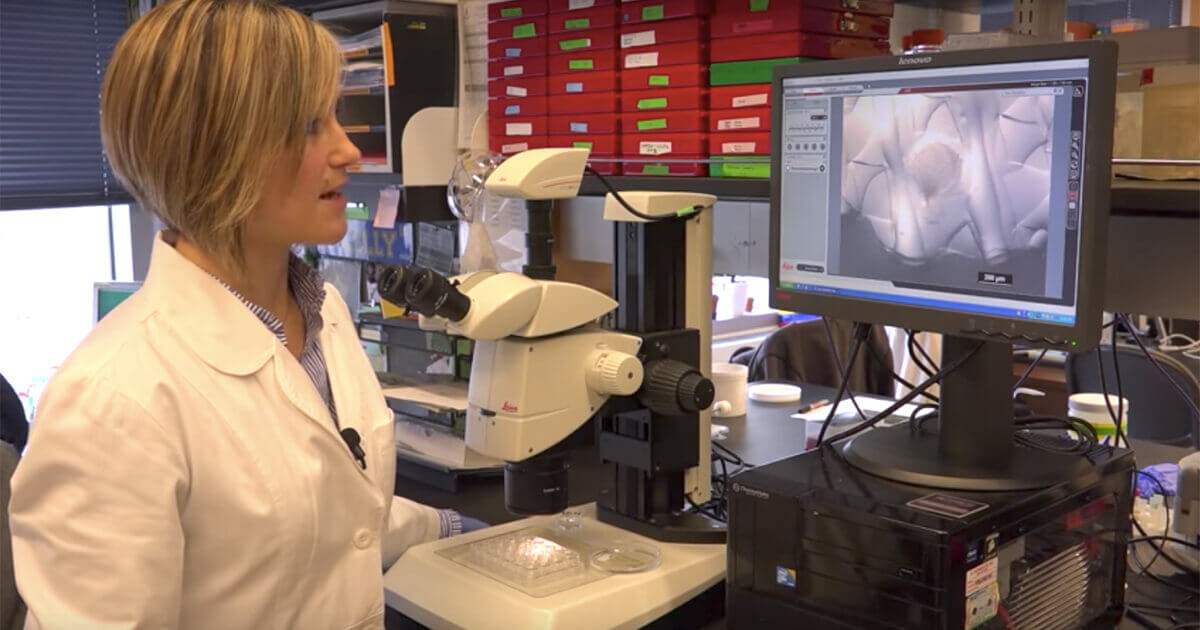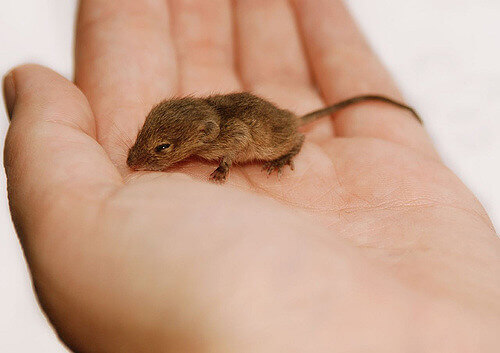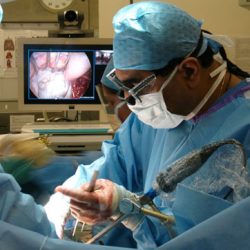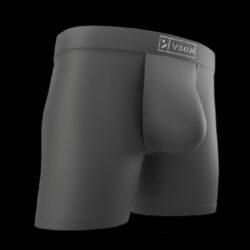The Ovary of the Future May Be a 3D-Printed Prosthetic That Restores Fertility
Mice trials offer glimmer of hope to women struggling to conceive.

Over the last few years, 3D printing has gone from a high-tech hobby to a promising new manufacturing process that is promising to change how homes are designed and built.
It has also begun to revolutionize medical science, allowing doctors to create not only inorganic implants but also grow actual human tissue.
For women struggling with infertility, the field of bioengineering offers significant hope. Researchers at Northwestern University Feinberg School of Medicine and McCormick School of Engineering have successfully developed a procedure for 3D printing artificial ovaries.
First mice, then humans?
The technique uses a bioprosthetic framework, which is a type of scaffold, to house fertilized eggs in mice. Remarkably, it has allowed mice to successfully carry their offspring to term.
 |
Reproductive scientist and director of the Women’s Health Research Institute at Feinberg, Teresa K. Woodruff, said of the new process: “Using bioengineering, instead of transplanting from a cadaver, to create organ structures that function and restore the health of that tissue for that person, is the holy grail of bioengineering for regenerative medicine.”
After being 3D printed and then surgically implanted, the scaffold allows the embryo to grow and encourages the development of blood vessels.
Using biological hydrogel
The researchers say the material used for the artificial ovaries is the key to the experiment’s success. Instead of using, for example, a standard form of medical grade plastic, the team used a biological hydrogel formulated from broken-down collagen.
“Most hydrogels are very weak, since they’re made up of mostly water, and will often collapse on themselves,” said Ramille Shah, an assistant professor of materials science and engineering at McCormick.
“But we found a gelatin temperature that allows it to be self-supporting, not collapse, and lead to building multiple layers. No one else has been able to print gelatin with such well-defined and self-supported geometry.”
Ending infertility
The main goal of the project is to give infertile women, such as cancer survivors, the ability to carry babies to term.
In addition to cancer survivors, there is every possibility that the technique could one day be used to help others with fertility problems. It is even conceivable that it could even be used to create a kind of ovary for those who have undergone sexual reassignment surgery. However, there would have to be donated eggs present for it to work. Until, that is, technology allows the creation of viable eggs no matter the biology of the patient.
Hope for tomorrow
If anything, the work of these researchers shows that—like 3D printing itself—we may be seeing exciting new developments spin off from their work on artificial ovaries that could give hope to women and couples who have struggled to have children.
Image sources: NorthwesternU, Lisa Roe
Leave a reply
You must be logged in to post a comment.

















